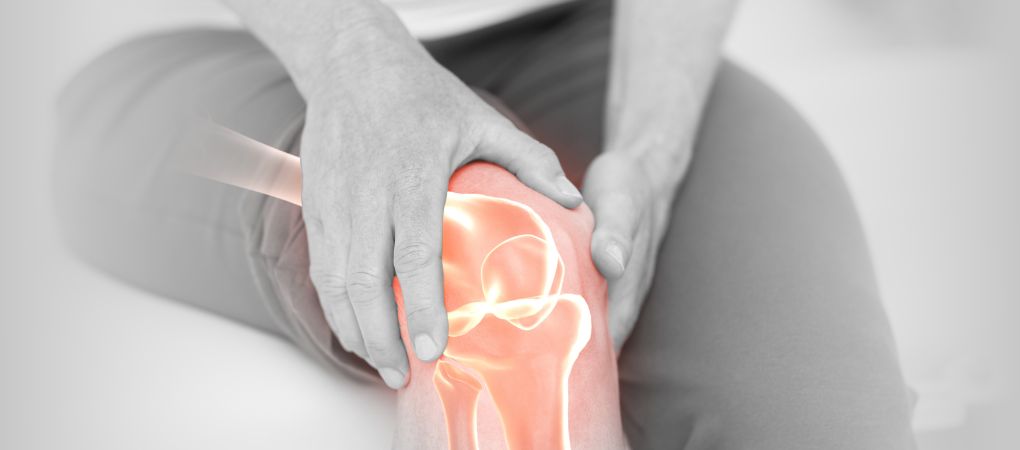Francesca Galiano
|
08/08/2022 - Last update 30/12/2022
Megan Franzetti, Emily Dries, Brady Stevens, Lisa Berkowitz, Sheldon C Yao | Year 2021
Support for osteopathic manipulative treatment inclusion in chronic pain management guidelines, a narrative review
Pathology:
Chronic pain
Type of study:
Narrative review
Date of publication of the study’:
2021/Mar/02

Purpose of the study
- Objective: to assess the efficacy of OMT in improving health in chronic pain
- Measured outcomes:
- primary: pain intensity and functional status (ability to move and perform daily/work activities)
- Secondary: use of pharmacological therapies
Methods
- Analyzed articles: 22
- Search string: combination of the following terms: chronic, pain, osteopathic, manipulation
- Criteria of inclusion: experimental studies that evaluated, in patients with chronic pain of various types (low back pain, fibromyalgia, etc.), the effect of OMT practiced by osteopaths on pain, functional status and use of pharmacological therapies. These studies also compared OMT with standard care, with a sham treatment, with placebo interventions or with no intervention.
- Criteria of exclusion: studies on patients with acute or subacute pain; studies on animals; studies where OMT was practiced by non-osteopaths; studies where OMT was compared with other types of osteopathic interventions; studies which reported simple clinical cases.
Characteristics of the studies
- 22 studies on pain
- 20 studies on the functional status
- 3 studies on the use of pharmacological therapies
- 11 studies on low back pain
- 3 studies on arm pain
- 2 studies on cefalgia
- 2 studies on neck pain
- 1 study on temporomandibular disorder
- 1 study on fibromyalgia
- 1 study on pelvic pain
- 1 study on chronic pain in general with a focus on psychological aspects
Participants
- Number in the smallest study: 6 people in the OMT group and 6 people in the control group
- Number in the biggest study: 230 people in the OMT group and 225 people in the control group
- Total: 1390 people in the OMT groups e 1068 people in the control groups
Interventions and evaluations
In the OMG groups:
- personalized treatment according to the needs of the patient
- various osteopathic techniques, including high-velocity low-amplitude (HVLA or thrust) techniques, muscle energy techniques, myofascial release techniques
- some studies have evaluated the association of the OMT with drugs, physical exercises or educational practices (eg, educating patients to stay active)
In the control groups:
- sham treatment, pharmacological treatment, no intervention, other manual therapies
Results
- Primary outcomes: 20 out of 22 studies reported a significant decrease in pain and an increase in pain threshold thanks to OMT.
The 2 studies (1 on low back pain and the other on temporomandibular disorder) that did not see this decrease in any case reported lower average pain values in people who received OMT than in people who did not receive it.
17 out of 20 studies showed greater improvements in the functional status in those who received OMT, while 3 studies (1 on low back pain, 1 on epicondylitis and 1 on temporomandibular disorder) reported positive effects in those who received OMT, although these benefits were not different from those who did not receive OMT.
- Secondary outcomes: 3 studies out of 3 (1 on low back pain, 1 on headache and 1 on temporomandibular disorder) reported less use of painkillers, anti-inflammatory and muscle relaxant drugs in people who received OMT.
Discussion
Although the studies analyzed are very different from each other, the OMT has always been able to have positive effects on pain, mobility and quality of life, in combination with a significant reduction in the use of drugs, which, in case of chronic pain, are often abused and can therefore cause various side effects.
The studies on cefalgia also reported a decrease in headache episodes, while studies on neck pain reported a reduction of the pain not only in general, but especially during cervical movement. With regard to the functional status, several authors reported that the decrease in pain was accompanied by a better mood, a better perception of the patients’ own health and quality of life and a decrease in anxiety.
In conclusion, it is important to consider these findings to include OMT in guidelines dedicated to the treatment and management of patients with chronic pain.
The review of Osteopedia
By Marco Chiera
Strengths: global review on the effectiveness of OMT in the case of various types of chronic pain, which showed how OMT can be useful for reducing the use of drugs, of which people with chronic pain often tend to abuse; research carried out according to the PICOS(LG) standard.
Limits: given that the review focused only on experimental studies, the studies involved are relatively few. Moreover, while some studies have evaluated the efficacy of OMT on a large number of patients (e.g. 100-200 people), most studies have evaluated OMT on 10-20 people only, too small a sample to draw general conclusions.

Are you an osteopath?
Register and enjoy the membership benefits. Create your public profile and publish your studies. It's free!
Register now
School or training institution?
Register and enjoy the membership benefits. Create your public profile and publish your studies. It's free!
Register now
Do you want to become an osteopath? Are you a student?
Register and enjoy the membership benefits. Create your public profile and publish your studies. It's free!
Register now







